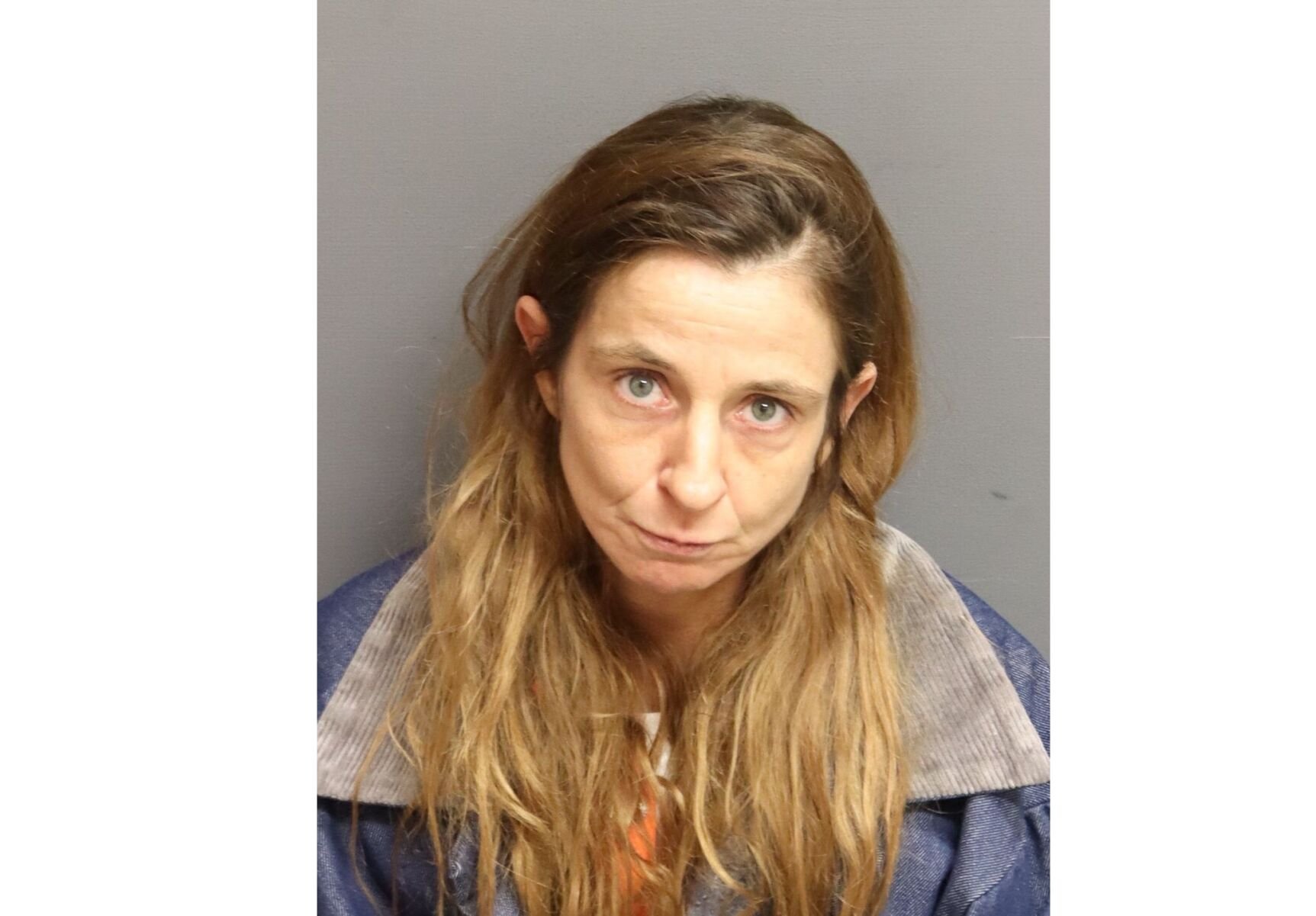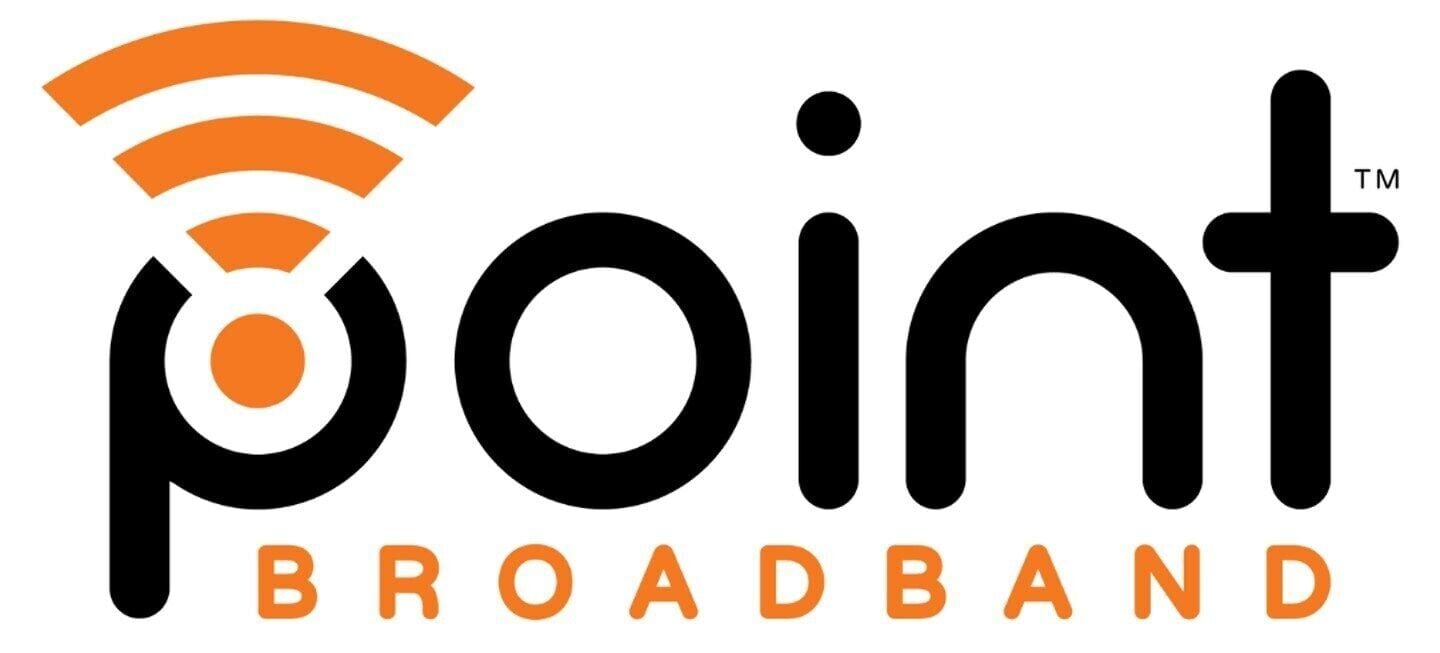For many low-income families, finding affordable housing in safe neighborhoods can be an overwhelming challenge. The Section 8 Housing Choice Voucher Program emerges as a beacon of hope, offering rental assistance to those in need and empowering them to choose housing that suits their needs.
Understanding Section 8: How Housing Vouchers Help Renters

What is Section 8?
The Section 8 Program, officially known as the Housing Choice Voucher Program, is a federal initiative managed by the U.S. Department of Housing and Urban Development (HUD). It aims to assist very low-income families, the elderly, and individuals with disabilities in affording decent, safe, and sanitary housing in the private market. Unlike traditional public housing, participants are not limited to subsidized housing projects; they have the freedom to choose any housing that meets the program’s requirements.
How Does Section 8 Work?
Local Public Housing Agencies (PHAs) administer the program. These agencies receive federal funds from HUD to manage the vouchers. Once a family is issued a voucher, they are responsible for finding suitable housing where the landlord agrees to rent under the program. The PHA pays a portion of the rent directly to the landlord, while the family pays the remaining amount.
To qualify, families must meet income requirements that generally do not exceed 50% of the median income for the county or metropolitan area. PHAs are required to provide 75% of their vouchers to applicants whose incomes do not exceed 30% of the area’s median income.
Applying for a Housing Voucher
The process begins by applying through the local PHA. Due to high demand and limited funding, there are often long waiting lists, and some PHAs may close their lists when they reach capacity. It’s crucial for applicants to stay informed about waitlist openings and maintain updated contact information with the PHA to ensure they don’t miss important notifications.
Eligibility is determined based on total annual gross income and family size. Additionally, applicants must be U.S. citizens or possess eligible immigration status. PHAs may also perform criminal background checks and review rental histories.
Finding a Home with a Voucher
Once approved, voucher holders have a set period, typically between 60 to 120 days, to find housing that meets the program’s standards. The housing unit must pass an inspection to ensure it is safe and sanitary. Voucher holders are responsible for finding a landlord willing to participate in the program. Some landlords may be hesitant due to misconceptions or lack of information about the program.
To assist in the search, many PHAs provide lists of landlords or websites where available units are posted. In New York City, for example, landlords can list their vacant units for free on AffordableHousing.com, making it easier for voucher holders to find suitable housing.
Benefits of the Section 8 Program
For renters, the program offers:
- Affordability: Families typically pay 30% of their adjusted monthly income towards rent and utilities, ensuring housing costs are manageable.
- Freedom of Choice: Participants can select housing in neighborhoods that might otherwise be unaffordable, promoting diversity and access to better resources.
- Stability: The program provides long-term assistance, allowing families to establish roots in their communities.
Challenges Faced by Voucher Holders
Despite its benefits, voucher holders often encounter obstacles:
- Long Wait Times: Due to limited funding, applicants may wait years before receiving assistance.
- Housing Discrimination: Some landlords illegally refuse to rent to voucher holders. It’s important to know that in many areas, including New York City, it’s against the law for landlords to discriminate based on source of income.
- Limited Housing Options: In tight housing markets, finding a suitable unit that meets program requirements can be difficult.
The Role of Landlords
Landlords play a crucial role in the success of the Section 8 Program. By participating, they receive benefits such as:
- Guaranteed Payments: PHAs ensure that a portion of the rent is paid on time each month.
- Reduced Vacancy Rates: Listing properties on platforms like AffordableHousing.com can attract a steady stream of potential tenants.
- Community Support: By providing affordable housing, landlords contribute to social stability and community development.
However, landlords must adhere to program regulations, including maintaining the property’s condition and complying with annual inspections.
Assistance and Resources
For those seeking more information or needing assistance:
- Local PHAs: Contacting the nearest PHA is the first step. They provide guidance on eligibility, application processes, and available resources. Find your local PHA here.
- HUD Offices: HUD’s regional and local offices offer support and information on the program. Locate an office near you.
- Customer Contact Centers: In New York City, the NYCHA Customer Contact Center assists both tenants and landlords. They can be reached online or by phone.
Conclusion
The Section 8 Housing Choice Voucher Program is a vital resource for many families striving for affordable housing. By understanding how it works and utilizing the available resources, renters can overcome challenges and secure a safe place to call home. Landlords, too, can benefit by participating and supporting their communities. Together, through awareness and cooperation, the goal of accessible housing becomes more achievable for all.











